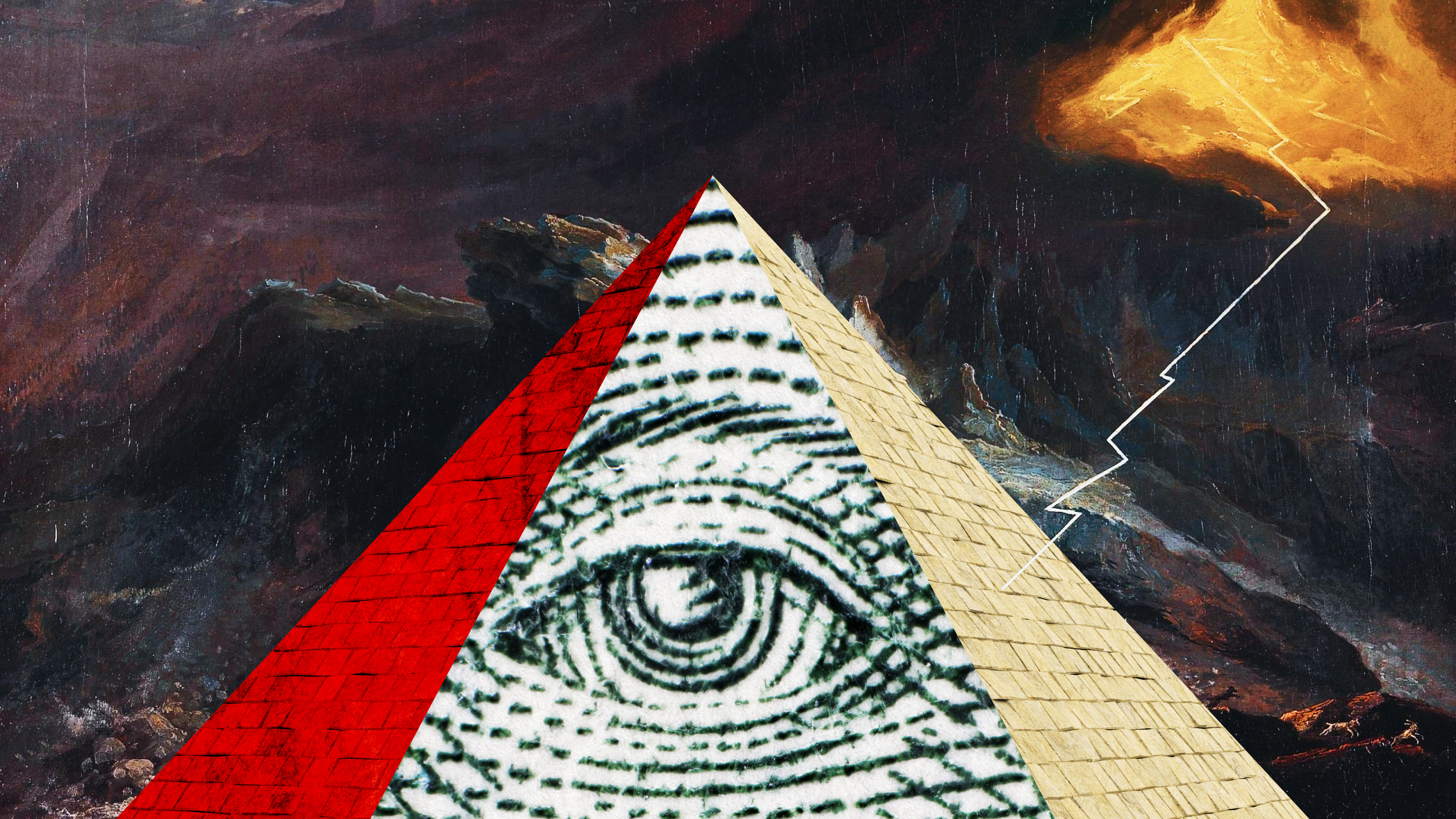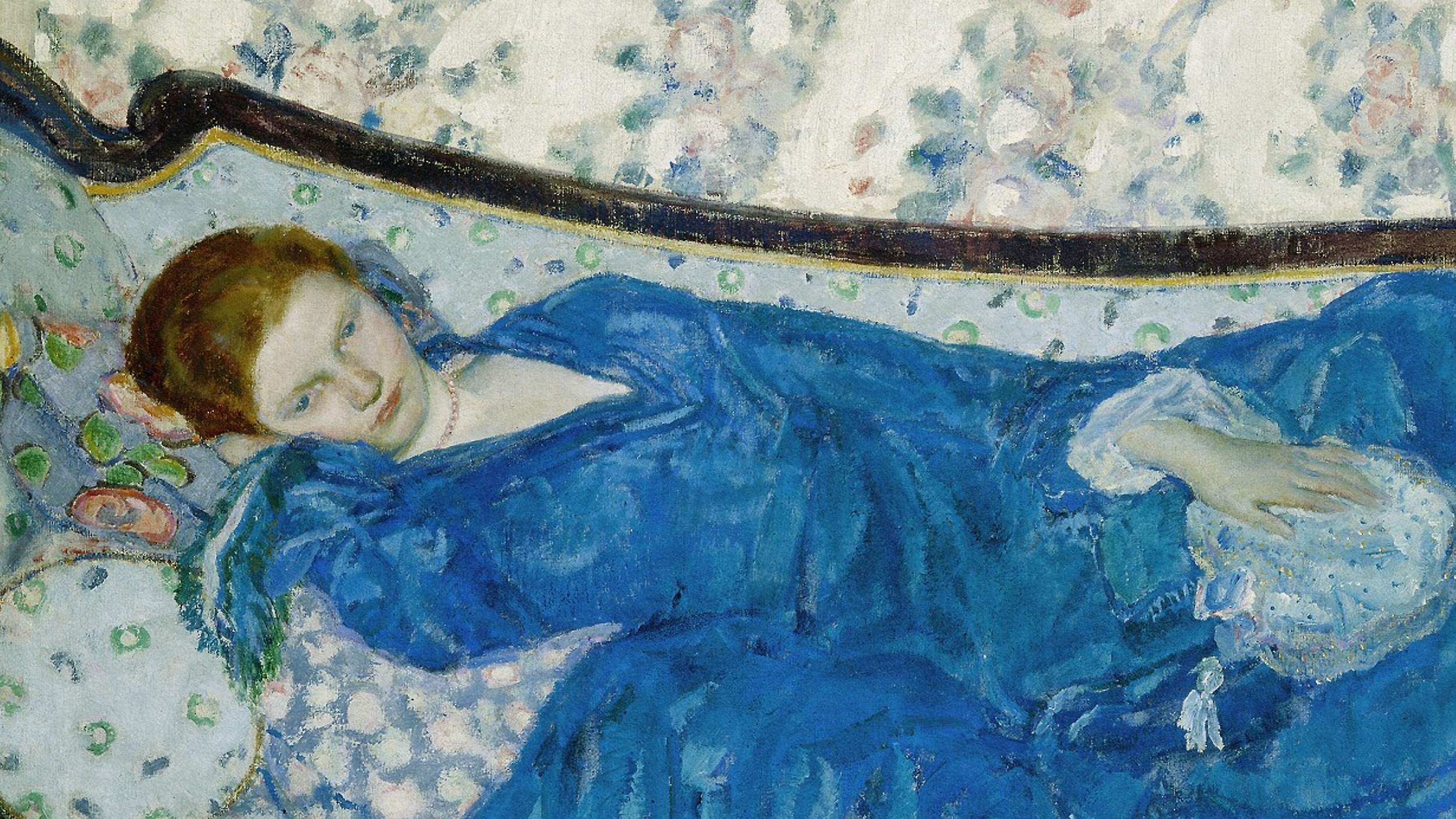Malevolent creativity: When evil gets innovative

Photo by Adam Fossier on Unsplash
- Many of history’s most cherished figures were fiercely creative individuals, but creativity by itself doesn’t have a moral direction.
- “Malevolent creativity” is the production of innovative and novel solutions with the express intent of harming others.
- How does malevolent creativity arise, and how can we manage it?
Without a doubt, creativity is one of our most cherished characteristics. Without it, there would be no innovations, no new works of art, and everybody would be a major drag at parties. The most lauded figures in human history tend to be very creative — among them, Albert Einstein, Ludwig van Beethoven, and Leonardo da Vinci, to name a few.
You probably know and admire somebody in your life who just seems more innovative, generative, and cleverer than average (even if they’re not exactly friendly).
But creativity isn’t automatically a good thing. As a concept, creativity has no alignment, and in fact, it is just as easy to be creative in a destructive, cruel way as it is to be creative in a beautiful and benevolent way. Malevolent creativity is very much a reality.
What makes a malevolently creative person?
Malevolent creativity can be seen in a wide variety of actions — lying, terrorism, theft, abuse, spreading rumors, and so on. But these aren’t in and of themselves malevolently creative acts. Researchers Daniel Harris, Roni Reiter-Palmon, and James Kaufman define malevolent creativity as, “the interaction among aptitude, process, and environment by which an individual or group produces a perceptible product that is both novel and useful as defined within a social context [that is] intended to materially, mentally, or physically harm oneself or others.” So, a scammer recycling a tried-and-true con might be acting malevolently, but it’s only malevolent creativity if there’s some innovative aspect to that con, or if they devise an entirely unique con from whole cloth.
But what compels someone to be malevolently creative? Harris et al. hypothesized that, although creativity and intelligence are correlated, malevolently creativity is negatively correlated with emotional intelligence. The less capable you are at identifying and managing your own emotions and recognizing emotions in others, the more prone you are to produce unique but harmful solutions.
To test this, they administered a survey to a sample of college students that measured their emotional intelligence and asked these students to come up with as many original ideas for using either a brick or a shoe. Then several evaluators scored each solution by its creativity and its negativity (i.e., harmfulness). What they found was that students with lower emotional intelligence tended to come up with more malevolently creative ideas.
The researchers speculated that people with lower emotional intelligence “might be more willing to disclose negative ideas, do not know such ideas are inappropriate, or perhaps are not concerned with how others perceive them. If people lower in EI (emotional intelligence) are willing to generate negative solutions for others to see, then it is possible that those people are willing to act on such negative ideas.”
Of course, malevolently creativity is associated with much more than low emotional intelligence. Another recent study — it was published in Frontiers in Psychology in 2016 — found that malevolent creativity was correlated with aggression, as well, which makes sense. Counterintuitively, it was also related to openness, or the personality trait associated with intellectual curiosity and a desire for novel experiences.
We generally conceive of close-minded people as being more prone to violence, but it seems likely that their violent tendencies are less innovative than open-minded people. Openness to experience has long been recognized as being associated with creativity, in general, and it seems as though malevolent creativity is no exception. Extroversion was also found to be correlated, which, much like openness, is also associated with greater creativity in general.
Keeping an eye on our evil genius
Really, the concept of malevolent creativity should not come as much a surprise. We are all familiar with the Nazis’ unique and innovative approach to genocide. Ted Kaczynski left false clues in all of his bombs to mislead the FBI. Even despite his later regret, J. Robert Oppenheimer and the physicists at work on the Manhattan Project can be said to have demonstrated malevolent creativity.
Though it’s tempting to think of progress and innovation as inherently good and useful, tempering this belief with an understanding of creativity’s dark side is important if we are to leverage humanity’s intellectual gifts to truly good and useful pursuits. Philosopher and educator Robert McLaren described it best in his essay “The Dark Side of Creativity“:
“Now we must organize on a global scale, though it will require a mobilization of political will, international cooperation, and sacrifice seldom thought of by those whose reflections on creativity have as their frame of reference the artist’s studio, the concert hall, or the quiet groves of literary contemplation. Otherwise the dark side will prevail, and we will have ‘created’ for ourselves our own oblivion.”





